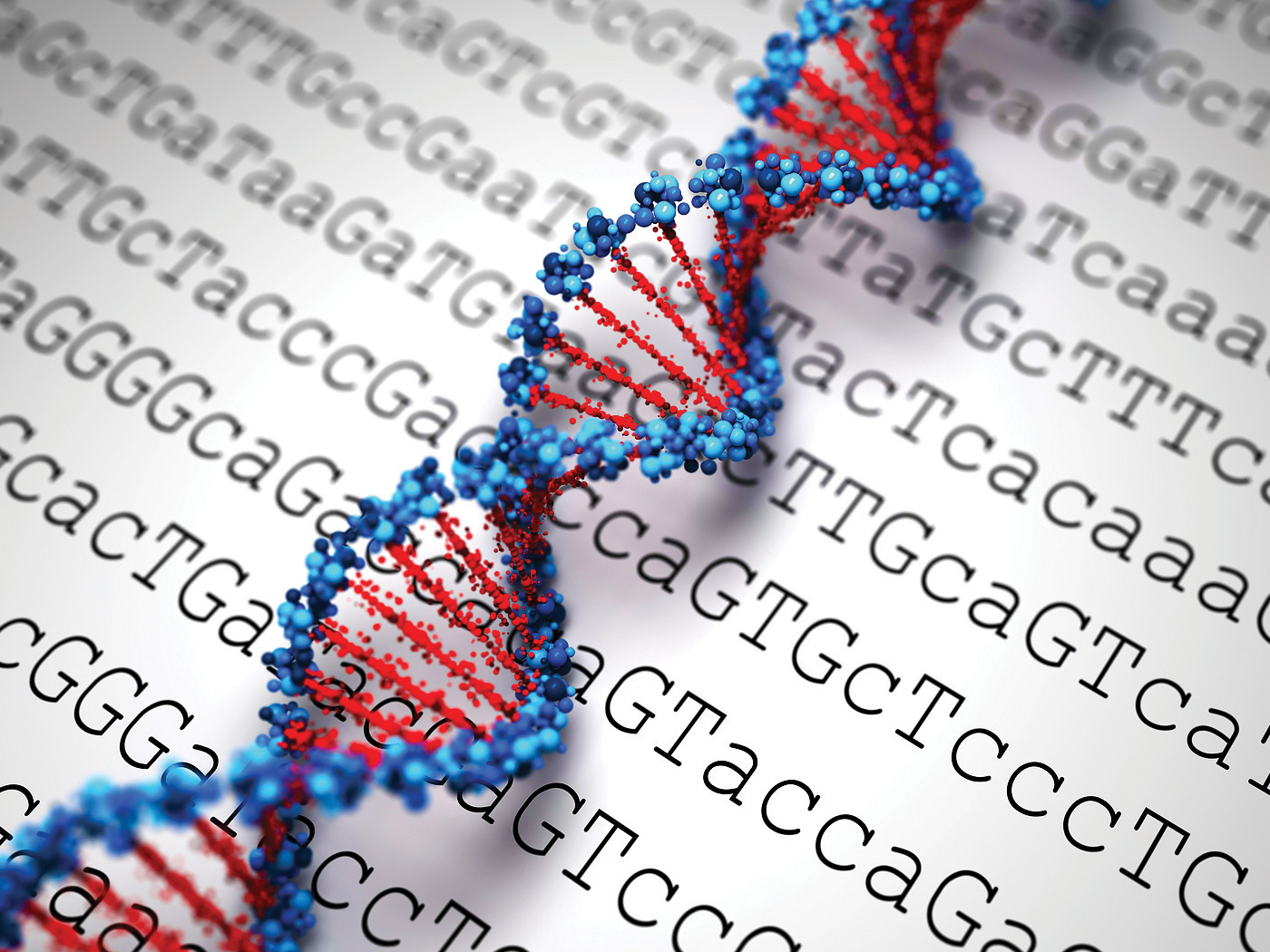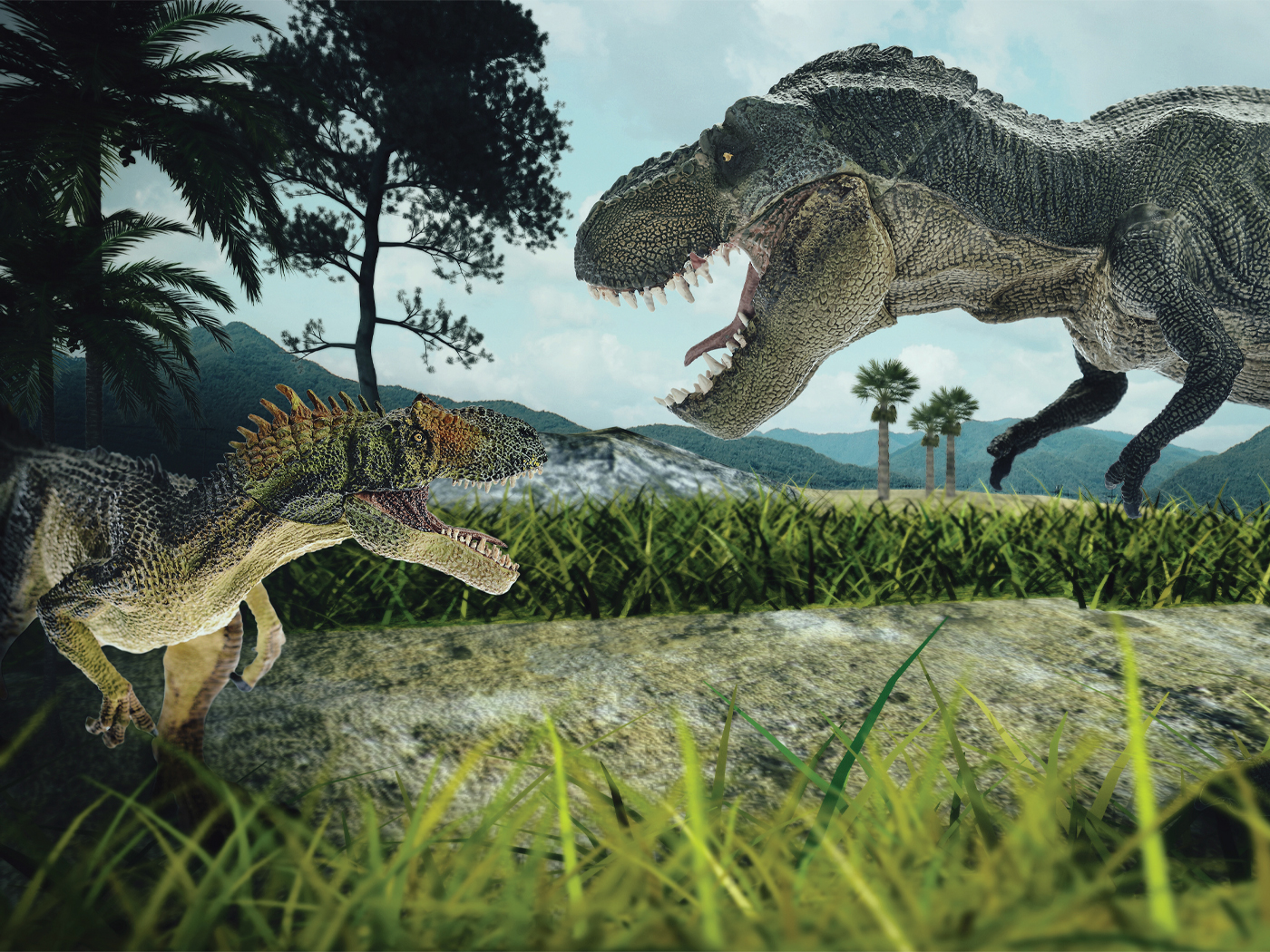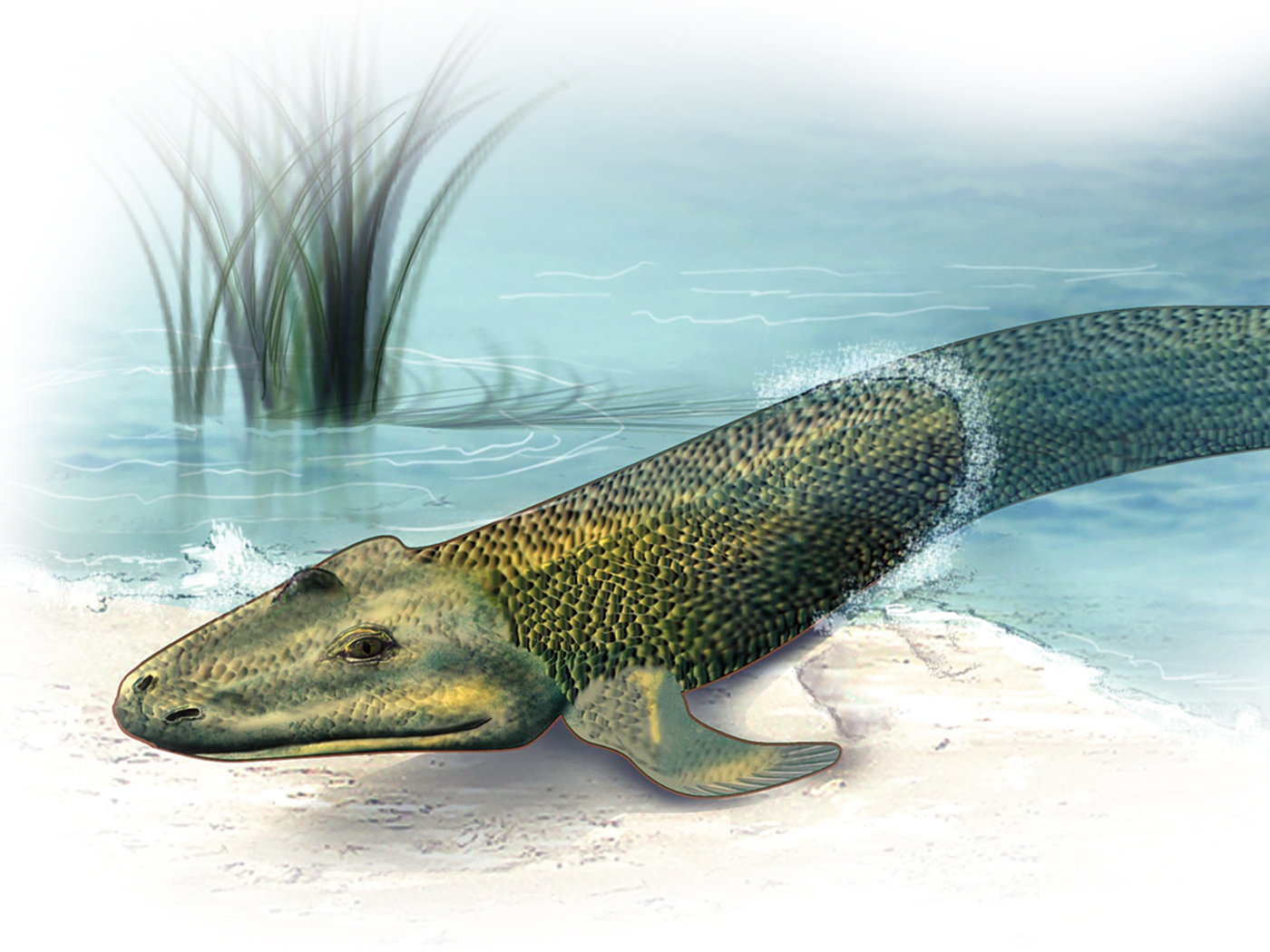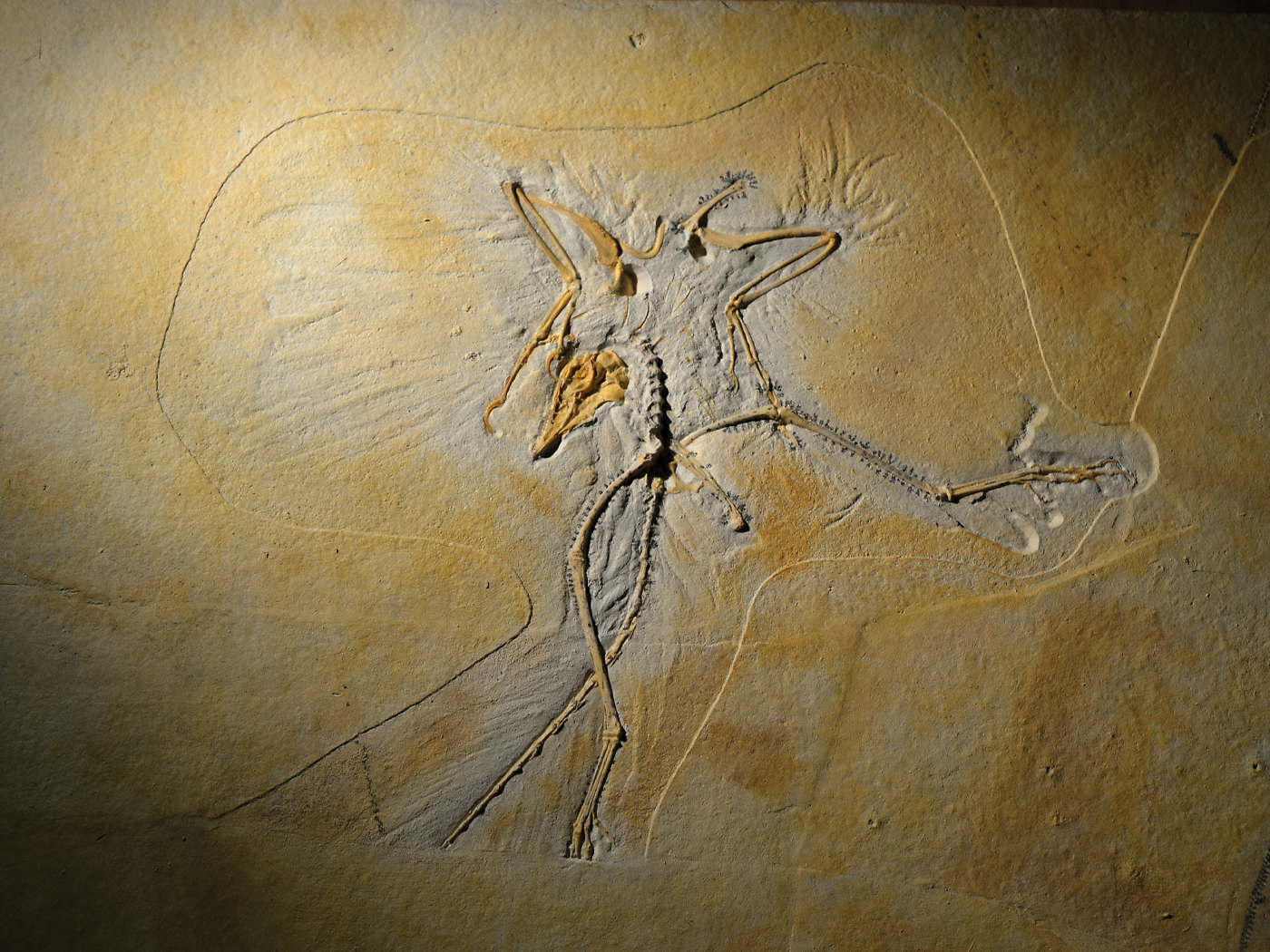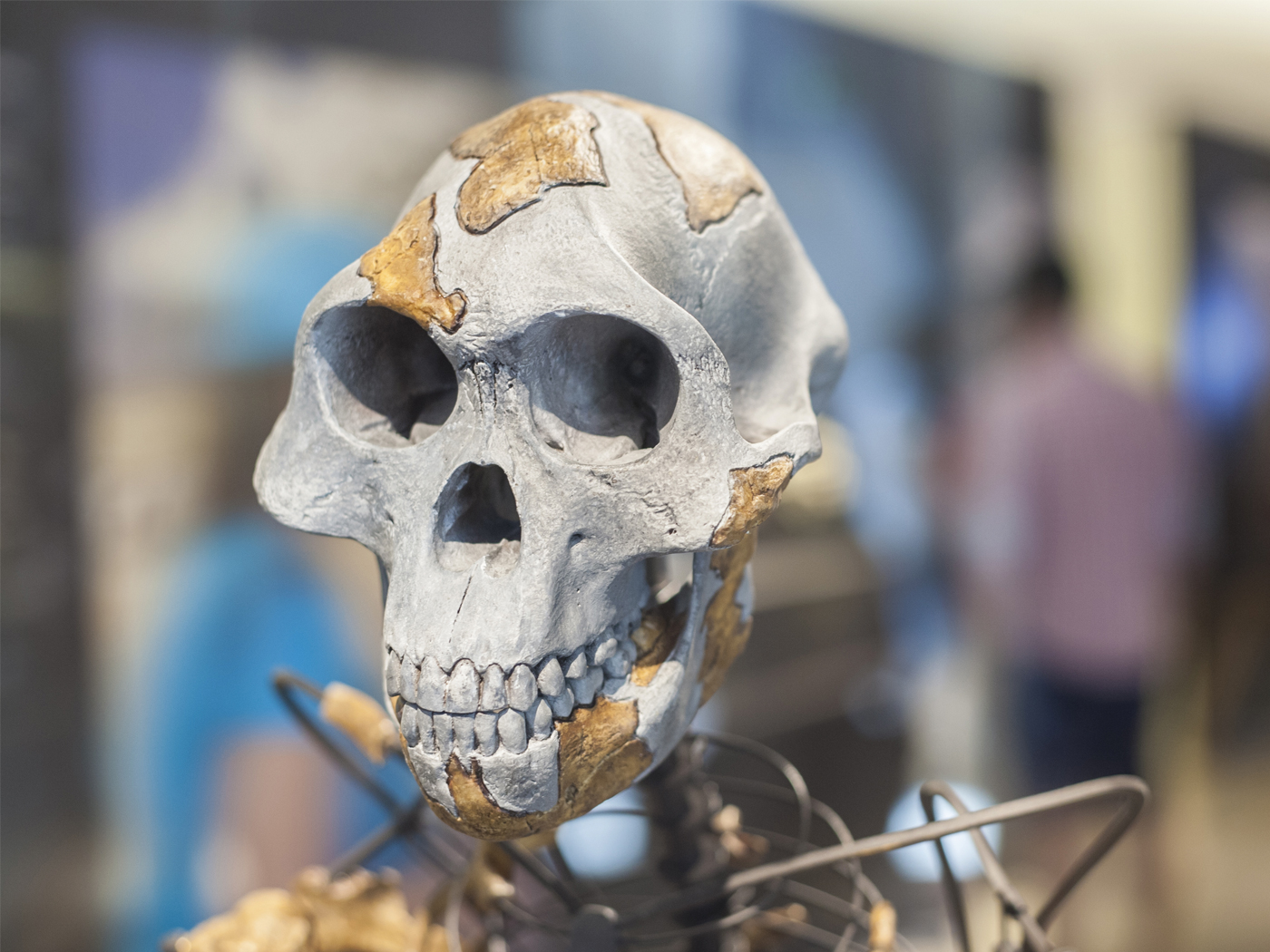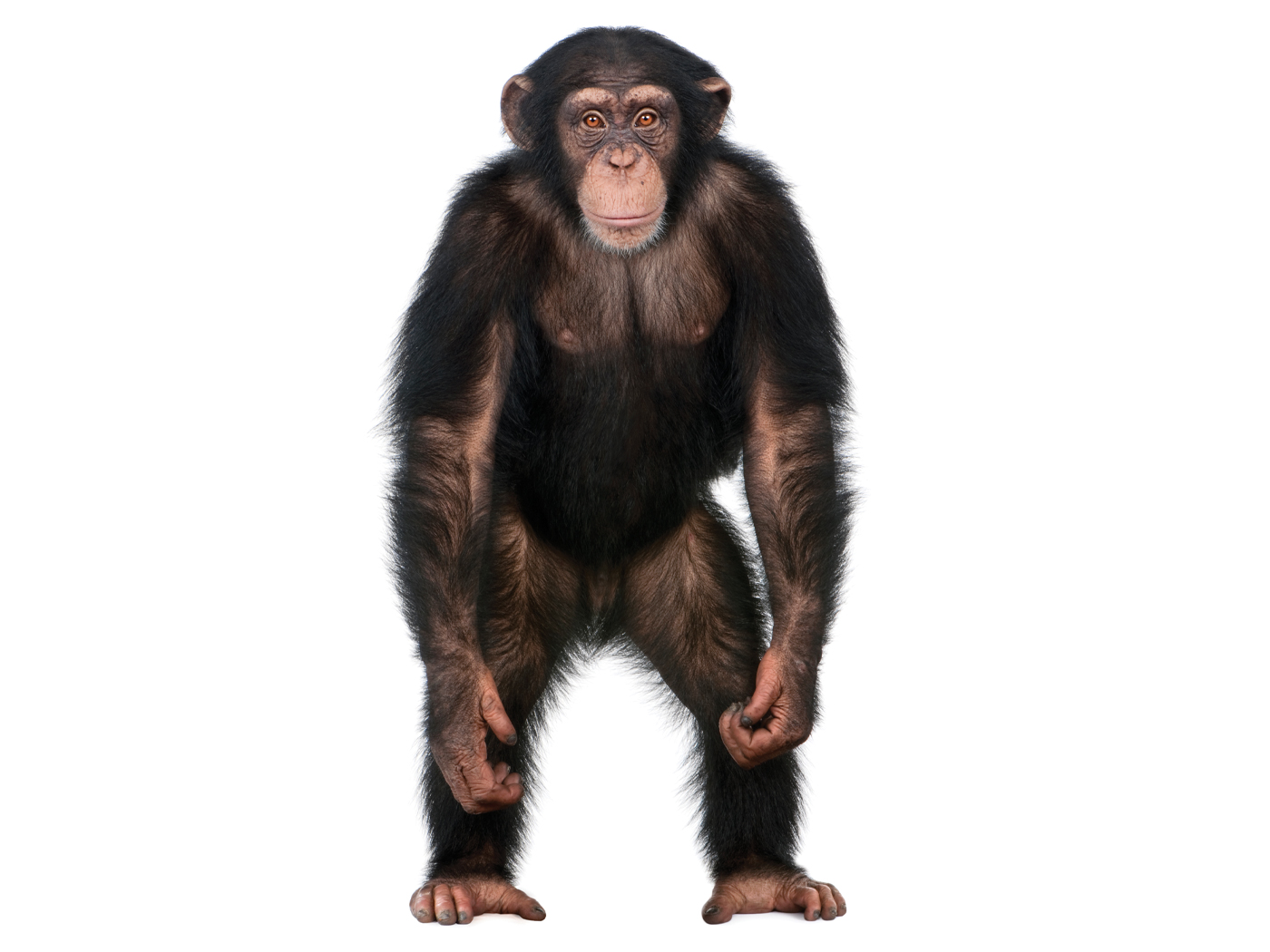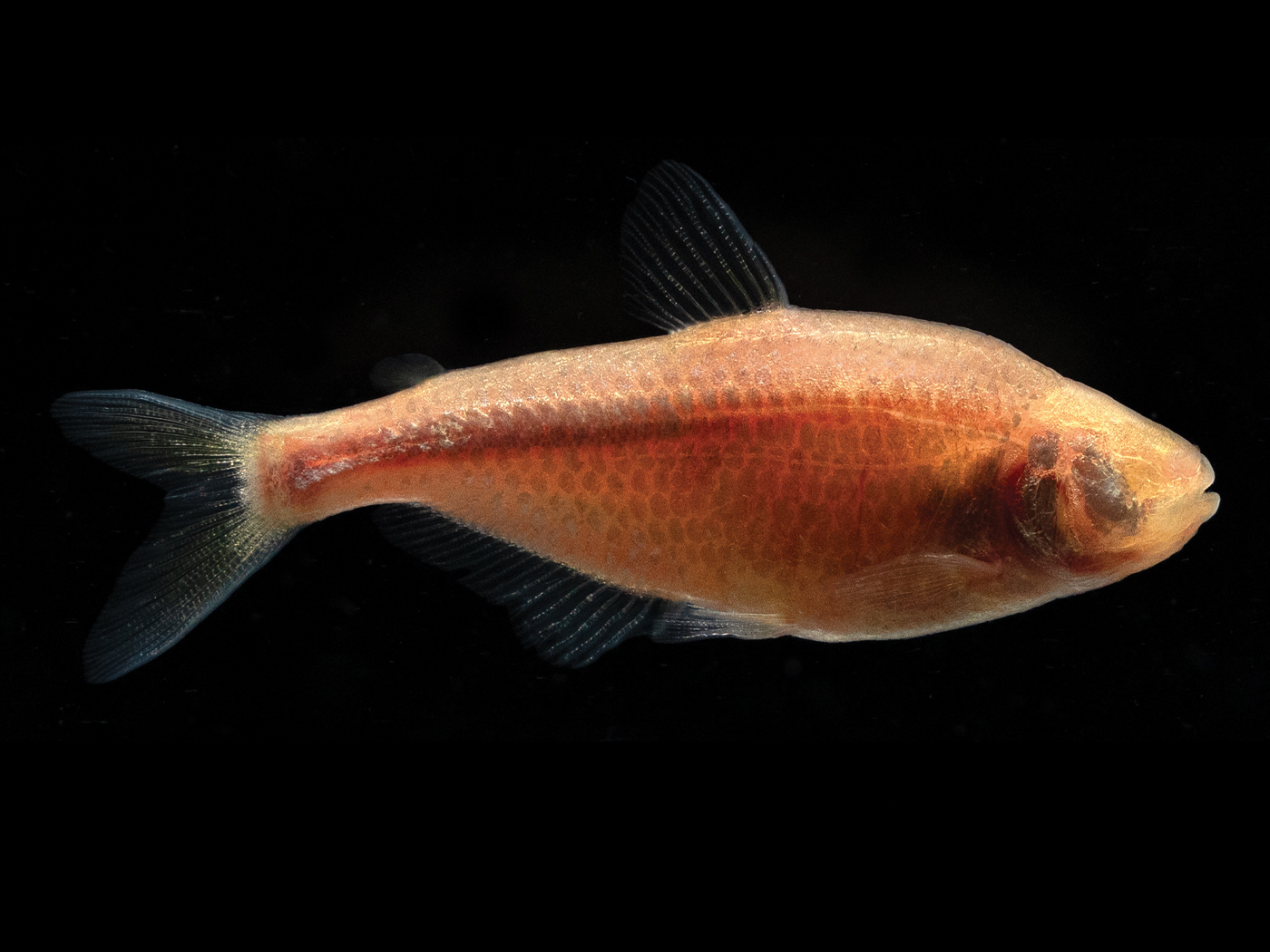If Charles Darwin could see today's best examples of evolution, would he be elated or depressed?
The well-known British naturalist popularized the idea of "natural selection," speculating that life could originate from non-life through natural means rather than through a living Creator. But finding examples of natural selection in action has proved to be difficult, even for modern researchers. In the journal Science, Dolph Schluter of the University of British Columbia summarized the current status of natural selection studies--which he admitted have been few.
One problem with conducting a rigorous study of natural selection is that there are so many factors involved. Pinning down what environmental factor supposedly influenced which trait is very difficult, likely impossible. Difficulties like this have probably dissuaded a more serious study of natural selection, though there has been no lack of speculation for the past 150 years as to its possible and varied manifestations.
Examples of natural selection cited by Schluter include studies of threespine stickleback fish, varieties of which can live in fresh water or the ocean. He also listed walking stick insect varieties that prefer different host plants, marine snails that live in differing regions of the intertidal zone, and mosquito fish, which tend to adopt more streamlined shapes when living in the presence of predators. In each example, small changes occurred in some individuals, and these then tended to breed with one another.
Schluter concluded that "the discovery that reproductive isolation can be brought about by ecological adaptation in ordinary phenotypic [visible] traits bridges Darwin's science of speciation and our own."1
However, maintaining that any such bridge exists between Darwinistic imaginings and scientific realities ignores at least two considerations.
First, these studies concluded that the alterations made to organisms were a result of the environment acting upon the organisms, making the assumption that the environment was the active agent and the organisms were passive. The research failed to rule out the opposite possibility--that the environment was passive and the organisms actively underwent changes.
A better description of what took place would be internal genetic selection, if the alterations observed were the result of well-planned internal capacities to "select" the best features. But this points to an original high-quality design, something that doubtless would not mesh well with a naturalistic philosophy that holds that life progressed from simple to ever-more-complex forms.
Second, what do these subtle changes to certain traits have to do with the overarching evolutionary myth of particles-to-people? Schluter listed the examples as instances of "speciation" because researchers observed that a new offshoot from an original population no longer prefers to interbreed with its ancestral population. But this kind of "speciation" has nothing to do with generating fundamentally different body plans, as would be required for the development of new kinds of organisms.
Instead, it has everything to do with confusing the issue by invoking different definitions of “species” to suit various explanatory needs. Oddly, Schluter referred to “a revision of the notion of speciation itself” as a conceptual advance.1 But if speciation is no longer to be described in terms of body form and plan, then it loses its relevance to the whole question of particles-to-people evolution.
What the science observes is two individuals (or populations) that no longer interbreed. In stark contrast, the story of evolution asserts that apes share a common ancestor with earthworms. How are these supposed to relate?
Subtle variations in stickleback fish bodies may only be demonstrations of well-designed internal capacities to generate variation. In any case, these mostly reversible trait permutations do not result in any change in basic body plan. The stickleback fishes are all still sticklebacks, the walking stick insects are still walking stick insects, etc. If Darwinian evolution is true, fundamental changes should be observable both in modern creatures and in fossils. They are not.
But if creation is true, then science should observe exactly what it does: designed capacities for variations to occur on well-constructed basic body plans. And this means that Darwin would undoubtedly be utterly disappointed in evolution's current "best" examples.
Reference
- Schluter, D. 2009. Evidence for Ecological Speciation and Its Alternative. Science. 323(5915): 737-741.
Image credit: Adrien Pinot
* Mr. Thomas is Science Writer at the Institute for Creation Research.
Article posted on December 3, 2010.





